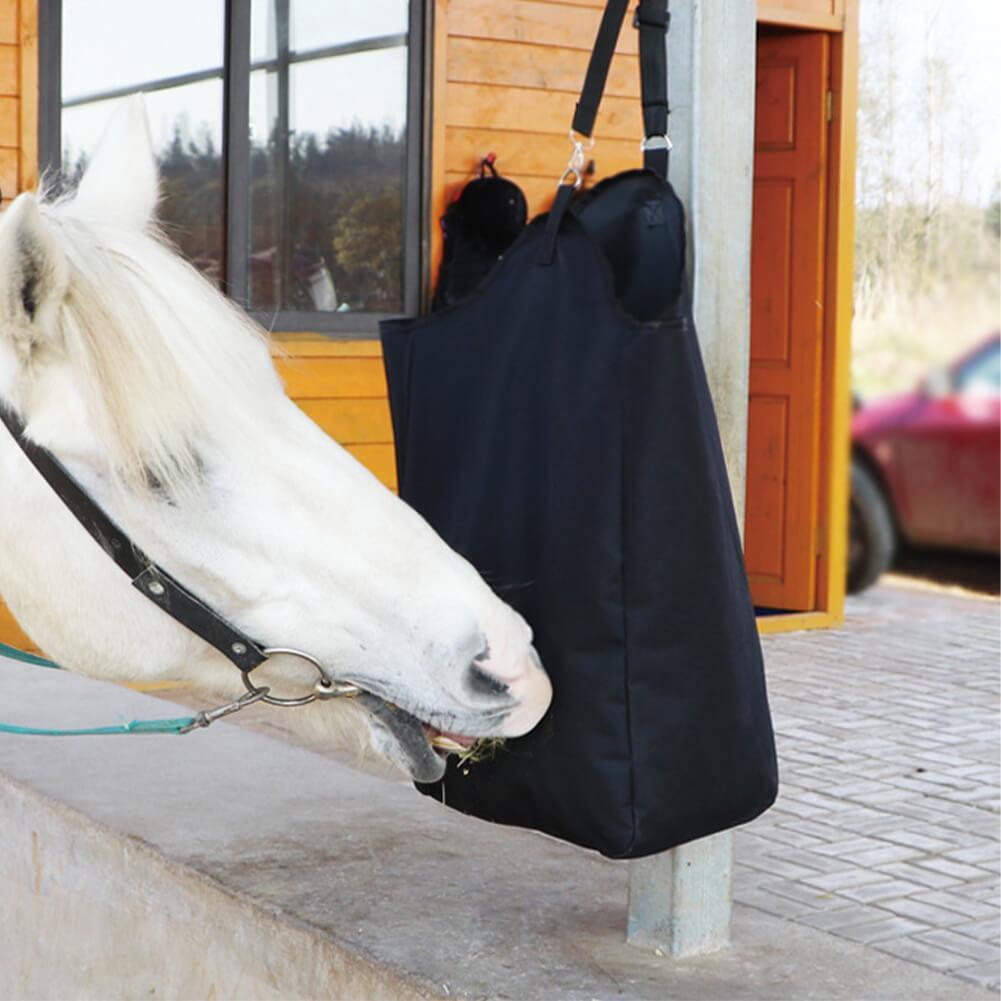Free US Shipping
Hey group, Jack from Slowfeednets. Today I’m going to show you exactly the benefits of horse feed bags and tips for using them.
Over the course of a week on trail, we’ve been using feed bags to feed our horses twice a day.
And we feed our horses properly and do so safely.
So if you want to learn more about feed bag using, you’ll love the actionable steps in the guide.
Pros of utilizing horse feed bag
- One thing is that if you put grain in a feed bag, you don’t lose grain. You simply put grain inside it and it’s hard for horses to lose the feed.
If you look down at a normal feed pan, even though people put rocks inside the feed pan, a lot of aggressive horses will still knock over the pan and you get grain all over the ground. 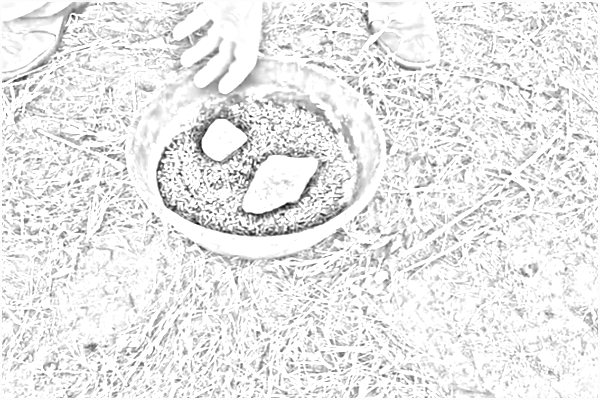
- Another pro for using this is that if you mix medication with the feed, you can put both of them inside a feed bag, which is individually designed for that horse.
In this way, other horses would not mistakely take the medication that is not for them. Without this kind of bags, it would be hard to keep the horses separated and take their own feed and medication.
- If you put a nose bag on every horse, they can’t fight.
They can’t chase off the feed pan or steal other horses’ grub. This, therefore, can decrease injury rates.
- You can contain what you want for a specific animal.
Every horse has different weights, so if you measure the weight of grain that you need for that horse, you can put it inside feed bag and you know scientifically and specifically the horse getting the supplements it needs. 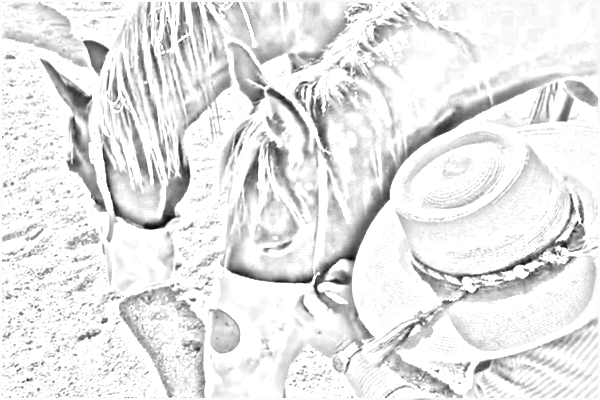
Steps to use horse feed bags
1. There’s a few things we need to take care of, before we get over to our horse.
- First and foremost, make sure there’s no trash inside your feed bag. If there are branches or debris, dump them out before we put feed in it.
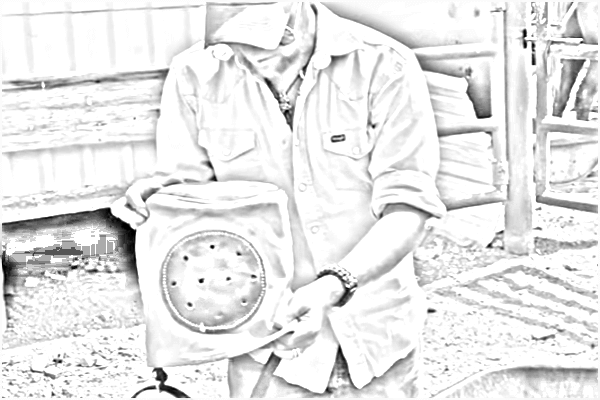
- Second, each of these feed bags has a strap and a buckle, you need to unbuckle the strap and take it out to the last hole in the strap.
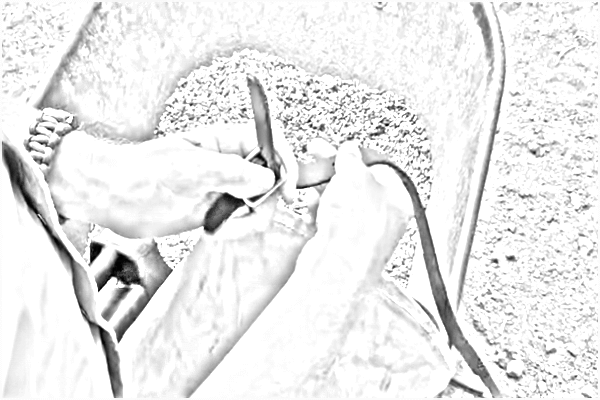
Try to secure all of the feedbags just like this before we feed them.
- Last thing, let’s fill the nose bags with some types of horse feed.
Grain, oats, or alfalfa pellets work well.
Don’t skimp on feed. 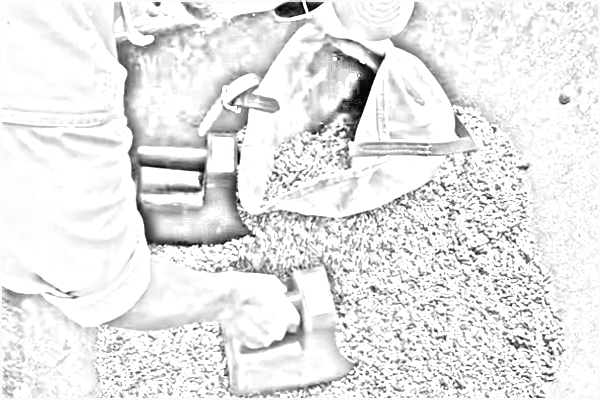
2. Let’s put the horse feed bag down after doing all of that, and go to take care of the horses.
- When we are not feeding our horses or riding them, they’ll be tied up.
They should have about two foot of lead rope to do what they need to do.
We’re gonna let them have a little bit more: just enough rope to be able to touch the ground. 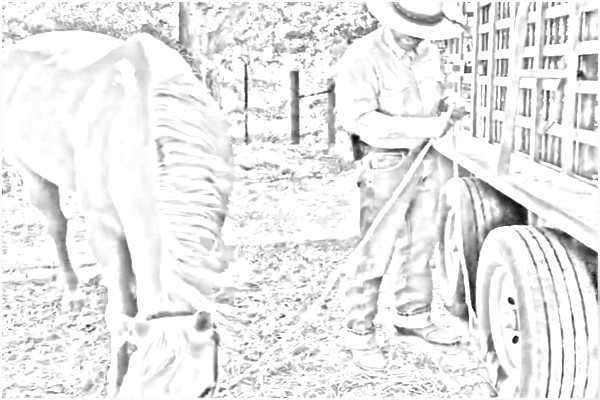
- I want to emphasize that just how important it is to make sure that all your horses are tied down before you bring feed bags into their area, otherwise they start kind of acting like, you know, kids.
3. Now it’s time to put horse nose in the feed bag.
- When we put the nose of horse in the bag, we have the strap with the buckle on the left side so we can adjust it.
Then put the ears through the strap and tighten up the strap. 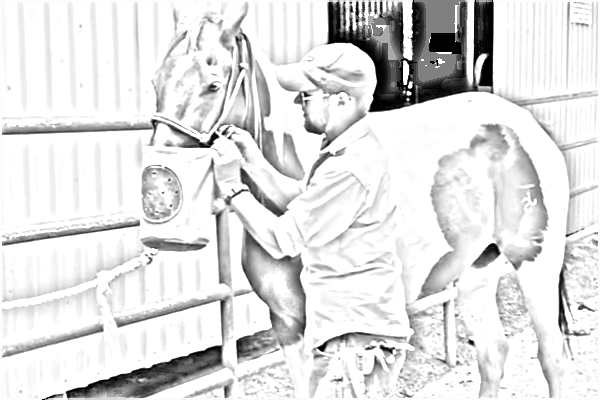
- Horses can be unsure about this at first, and you might need to use a halter to help them stand still while putting the nose bag on for the first time.
- The horse tends to know how to put the nose on the ground in order to eat the grain in the feed bag.
Again, it is important to adjust the horse’s headgear loose enough to allow the horse to eat grain with its nose on the ground.
The horses can move around, raise and lower their heads while eating their grain. - If you tie too high for a horse to eat without lowering his head, the horse is in danger of choking to death.
You can teach the horse to lower his head by placing your palm under the full nose pocket, then slowly lowering your hand until the horse’s nose touches the ground. 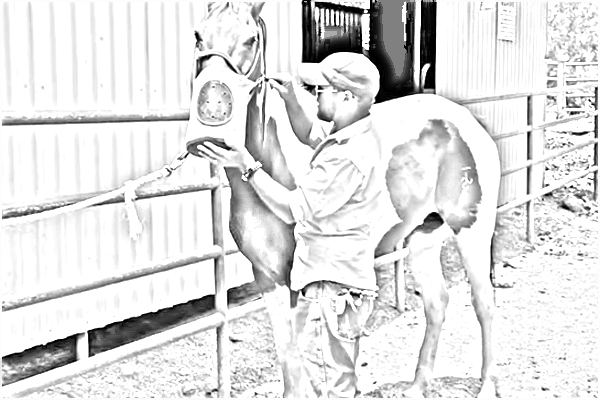
- You’d better stick around and monitor a horse eating to make sure they get no trouble.
4. To be safe, remove the nose bags promptly after the horses finish their grain.
- You go ahead and tie this horse back up close, less than two foot because if they have more, they can even get their hoof and their ankle caught up over it and that’s going to mess them up real fast.
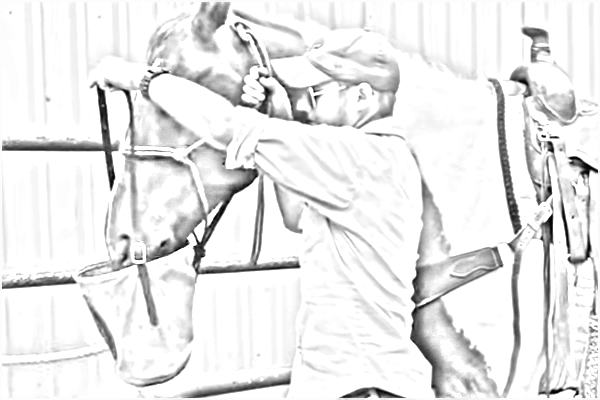
- So, take care of it.
- Saddle up and have a good ride.
Now i’d like to hear from you.
What kind of horse feed bags do you prefer?
Do you have some tips for better using horse feed bags?
Let me know by leaving a comment below right now.
